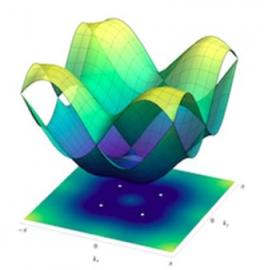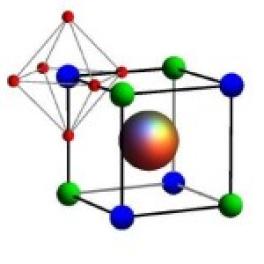The condensed matter theory group is vigorous and diverse, including six faculty, five postdoctoral researchers, about 12 graduate students and several undergraduates. Our strengths include correlated quantum materials, magnetism and superconductivity, ultra-cold atomic gases, quantum Hall effect, topological matter, disordered systems, electronic structure and properties of complex materials.
Members of the group collaborate with each other, as well as with experimentalists in the physics department and faculty in chemistry and the College of Engineering, as well as at other universities and industrial and national laboratories. Group members are supported by the National Science Foundation, the Department of Energy, DARPA, NASA and private industry. Members of the group are actively involved in the OSU Center for Emergent Materials, an NSF MRSEC.
The research environment is friendly and stimulating. A typical research project consists of one or more faculty members, perhaps a postdoc and a graduate student. Students receive close individual attention and, after graduation, have obtained positions with various prestigious employers, such as Harvard, Cornell, Illinois and Brown.
Faculty, postdocs and students are all located on the second floor of the Physics Research Building. Computer facilities are excellent, as there are numerous powerful workstations available to members of the group, as well as links to the Ohio Supercomputer Center and all the national supercomputer centers.
Projects underway include some of the most exciting topics in the field, such as:
· Cold atoms: Bose-Einstein and fermion pair condensates; optical lattices; synthetic gauge fields
· Strong correlations, magnetism and spin orbit coupling in oxides
· High temperature superconductivity
· Quantum Hall effect
· Topological quantum matter
· Quantum phase transitions
· Disordered systems: superconductor-insulator and quantum Hall transitions
· Molecular dynamics and electronic structure of complex, realistic materials


